The content marketing landscape has changed dramatically in the past year. AI tools can now generate blog posts, social media content, and even video scripts in minutes.
If your primary value as a content marketing manager is churning out content faster than your competitors, you're playing a game you can't win long-term.
But here's what AI can't replicate: strategic thinking, deep customer understanding, and the ability to position content that drives business outcomes. These are traditionally the core competencies of product marketers, but they're exactly what content marketing managers need to develop to stay relevant and impactful.
Why content marketing needs a product marketing mindset
Traditional content marketing often starts with a brainstorming session: "What topics are trending in our market?" Product marketing starts with a different question: "What do our customers want and how does our product help them achieve that?"
This fundamental change in approach transforms how you create content. Whilst generating articles based on trending topics or SEO keywords is still important for authority and awareness, taking a product marketing approach also involves creating content that moves prospects through specific stages of the funnel.
Product marketing messaging frameworks help you communicate your product's value to target audiences by aligning positioning and messaging with customer needs, goals, and pain points. When applied to content marketing, these frameworks ensure every piece of content serves a strategic purpose beyond increasing brand authority.
Think about the difference between a generic "5 tips for better project management" blog post and content that addresses specific pain points your prospects experience when evaluating project management solutions.
The first article will generate clicks at the top of your funnel and traffic to your site, but the latter demonstrates understanding of your audience's journey and positions your product as the logical solution.
Four product marketing muscles content marketers need to develop
1. Customer research and persona development
Consider the difference between creating content for "millennials interested in productivity", or for Sarah, the marketing operations manager at a 50-person startup, who's been asked to implement a project management system but has never done a software evaluation before.
This level of specificity comes from deep research into your customer base to develop ideal customer personas. To build this picture of their customers, product marketers conduct win/loss interviews, analyze support tickets, and survey customers to understand their needs and how they think about their problems.
As a content marketing manager, you need to go beyond demographic data to understand the emotional and functional jobs your content needs to do. Your content should answer the questions your prospects and customers are asking at all stages of the funnel.
Start by interviewing your sales team about the most common objections they hear. Talk to customer success about where new users get stuck. These insights will reveal content topics and insights into your customer behaviour that AI-generated articles will never address.
2. Competitive positioning and differentiation
A product marketer's job is to understand what their product does, where it sits in the competitive landscape, and how it's different from alternatives. They can articulate why a prospect should choose their solution over doing nothing, building their own DIY solution, or going with a competitor.
For content marketers, competitive intelligence transforms content from educational to persuasive. Instead of writing generic how-to guides, you create content that demonstrates the value your solution has over alternatives without needing to call them out.
For example, if your project management tool's key differentiator is its integration capabilities, your content shouldn't just explain project management best practices. It should highlight the problems that arise when teams use disconnected tools and demonstrate how integrated workflows solve these issues.
3. Messaging frameworks and narrative development
Product messaging refers to how you talk about your product externally, while positioning is the internal framework you use to set strategy and shape your message based on buyer needs and pain points.
Product marketers develop messaging frameworks that ensure consistent communication across all touchpoints. These frameworks include value propositions, key benefits, proof points, and objection handling for each of your customer segments and use cases.
Content marketing managers can develop messaging to make it easier to create content that contributes to a specific narrative. Your blog posts, whitepapers, and video content should work together to tell a cohesive story about your market and your product's unique position within it.
Combine your messaging strategy with your SEO strategy by treating your benefits, proof points, and objections as topic clusters. Each will have multiple search teams and keywords that you can leverage with different pieces of content. Every piece of content should reinforce your key messages while providing genuine value.
4. Outcome-driven metrics and attribution
Product marketers are accountable for business outcomes, not just engagement metrics. They track how their activities influence pipeline generation, deal velocity, and win rates. This accountability forces them to think strategically about which activities will have the greatest business impact.
Content marketing has traditionally been measured by metrics like page views, content downloads, or time on your website. These metrics tell you if people are consuming your content, but not if that consumption leads to business outcomes.
By adopting product marketing's outcome-focused approach, content marketing managers can demonstrate ROI and make strategic decisions about content investments.
They can track which content pieces generate the most qualified leads, which topics correlate with deal progression, and which formats drive the highest conversion rates.
This data-driven approach helps you double down on high-impact content while reducing activities that generate engagement but not business results.
Practical steps to develop product marketing skills
Develop your ideal customer profile
Putting on my product marketer hat, I used three sources for gathering the data to create content ICPs:
Even if you have multiple contacts from each account, this is the person you're targeting. Use this export to look for correlations in demographic information.
Don’t waste this time only thinking about the content you can create; ask questions about their initial problem, what alternatives they considered, and what ultimately convinced them to choose your solution.
In the first part, come up with a list of all possible value propositions and pain points you anticipate your customers have, and ask them to select and agree on their top three.
Using their feedback, create a list for your ICPs’ goals, challenges, motivators, and reservations, which you will perfect in the second session with your sales team.
With customer data, customer conversations, and your sales team, you should have a complete picture of your target audience. The next step is to audit your existing content. Categorise each piece by funnel stage and map it against your ICP's goals, challenges, and motivations. The gaps are where you should focus content creation.
Know your competition
Competitive content doesn't mean attacking competitors directly. Instead, it means understanding the landscape and creating content that positions your approach as more thoughtful, comprehensive, or effective.
Competitor research doesn’t have to only be useful to you; it can be a great tool for your product management team as well. My competitor research includes the following fields:
- Competitor name and website
- LinkedIn page, headquarter location, number of employees, and annual revenue
- Company pitch - usually their LinkedIn bio
- Product overview
- Pricing strategy
- Marketing strategy, which includes content themes,
- Competitive advantages - why does your product win over theirs?
- Competitive disadvantages - why could their product win over yours?
Here are three tools you should be looking to put together your competitor research:
- Semrush’s competitor research tool to find out more about their SEO strategy
- LinkedIn’s ad library can show you what your competitors are promoting right now on their platform. This should give you an idea of what their top-performing content is on paid channels
- LLMs for research, share your competitors' website and social media pages with ChatGPT, and ask it to break down their marketing strategy, key themes across their blog, or repeated and similar keywords that they use across the site.
Develop audience-specific content tracks
With customer data, customer conversations, and your sales team, you should have a complete picture of your target audience. The next step is to audit your existing content and find the gaps in your story.
Your ICP will have goals, challenges, motivations, and reservations at each stage of the funnel. Cross-reference your ICP with each stage of the funnel using the grid below.
| Top of funnel | Middle of funnel | Bottom of funnel | |
|---|---|---|---|
| Goals | |||
| Challenges | |||
| Motivations | |||
| Reservations |
Next, review your existing content, which pieces address your ICP's goals, challenges, motivations, and reservations, and are they the right pieces of content for the funnel stage?
This audit will help you identify the gaps in your strategic content and allow you to develop a full funnel campaign that addresses the needs of your customer. As you plan your campaign, remember to reference your competitors' content to help differentiate your products or fill in their gaps.
Once you know the topics you want to write about, do your keyword research, aiming for long-tail keywords that your audience can find for months and years to come, and extend the lifespan of your content. It’s important to strike a balance here between keywords with good search volume and relevance to your topic.
Implement attribution tracking
Implementing attribution tracking for your content will allow you to see the impact your work has on the business's bottom line. Here are a few ways to get started:
- Tag all content and all links to your content with UTM parameters
- Set up conversion tracking for key pages using Google Analytics
- Use your existing platforms to track customers who interact with your content as they move down the funnel. The easiest way to do this is with first touch attribution; by following customers who filled out a form to download your content, register for a webinar, or submit a contact form.
This data will help you identify which types of content are most effective at different stages of the buying journey and which topics resonate most with high-value prospects.
From content creator to strategic marketer
The most successful content marketing managers of the next decade won't be those who can create content fastest, but those who can create content that drives the most business impact. This requires thinking like a product marketer: customer-obsessed, outcome-focused, and strategically minded.
Product marketing skills don't replace creativity or writing ability; they enhance them by providing strategic direction and business context. When you understand your customers' needs and pain points, you can create content that's both engaging and strategically valuable.
Start small by implementing one or two of these approaches in your current content strategy. Interview a few customers, develop messaging for a specific persona, or create a competitive content piece. As you see the impact of this more strategic approach, you'll find opportunities to apply product marketing thinking throughout your content operations.










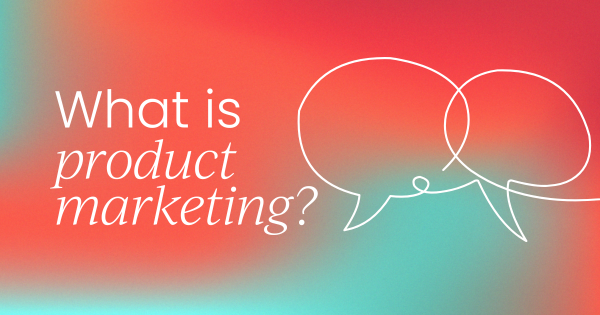
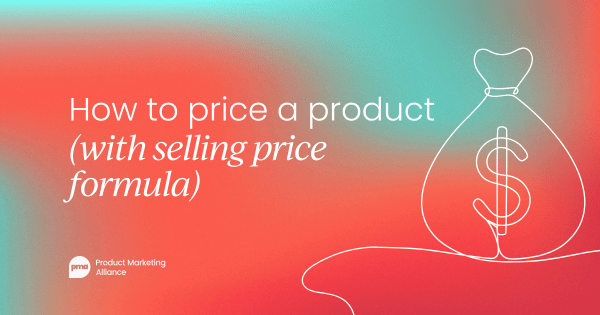

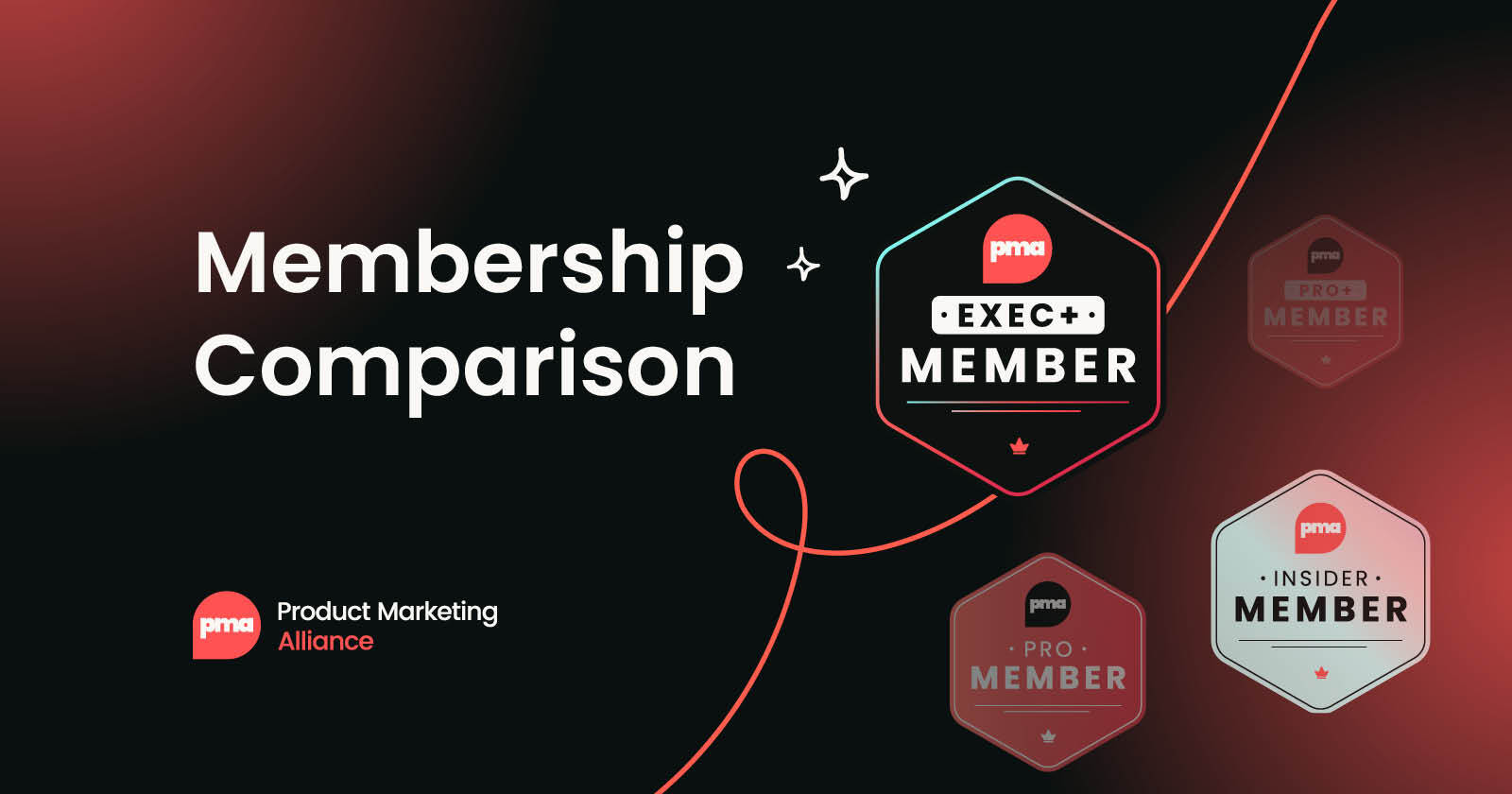
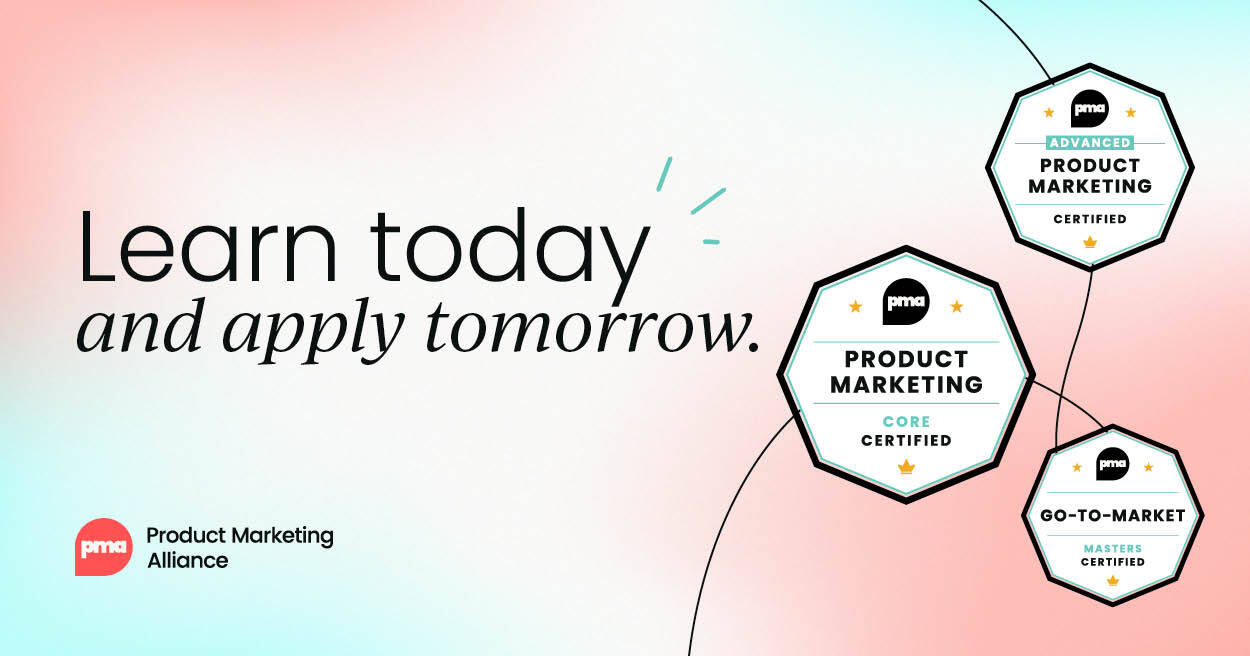
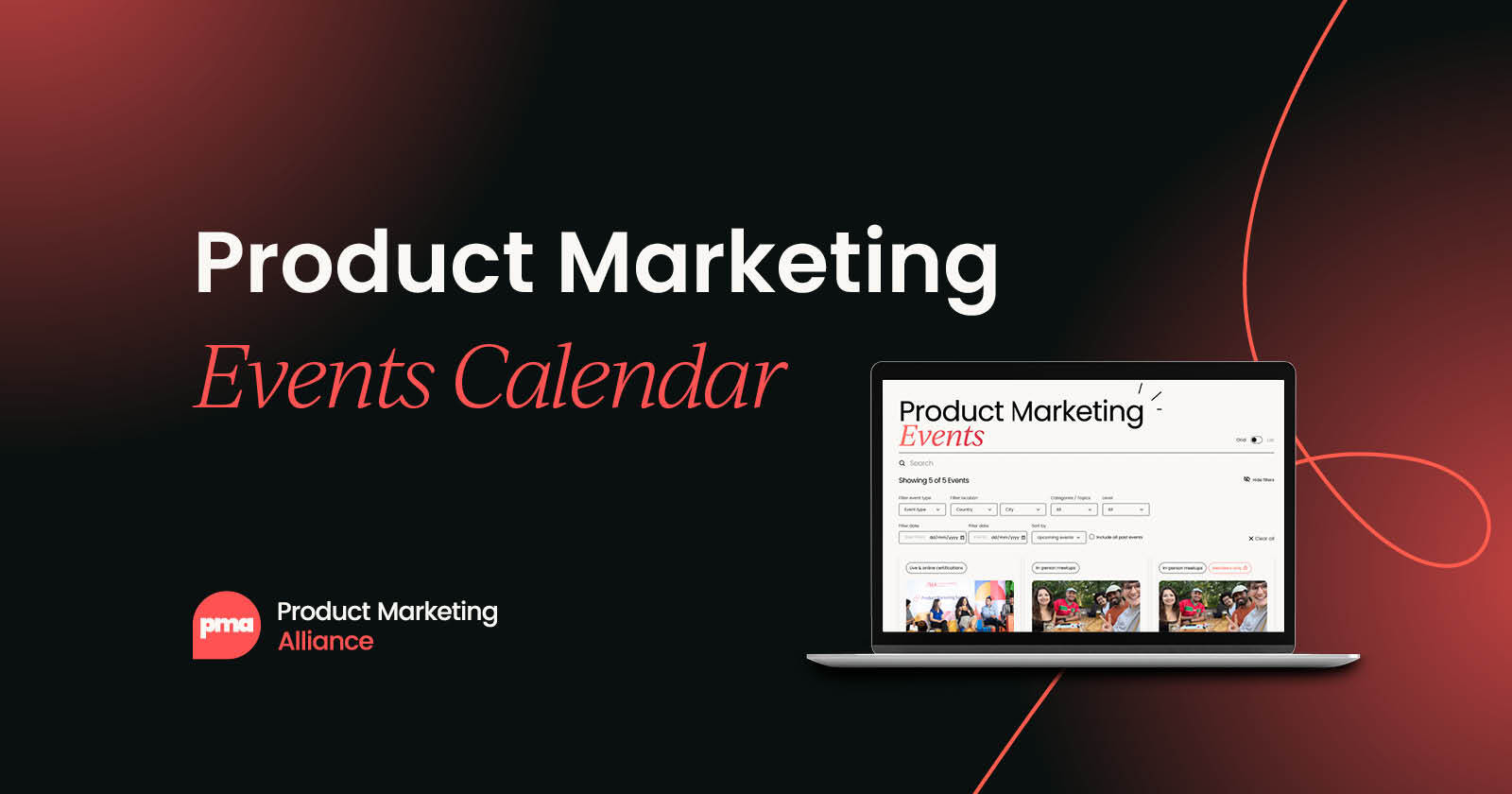


 Follow us on LinkedIn
Follow us on LinkedIn




.svg)
Start the conversation
Become a member of Product Marketing Alliance to start commenting.
Sign up now